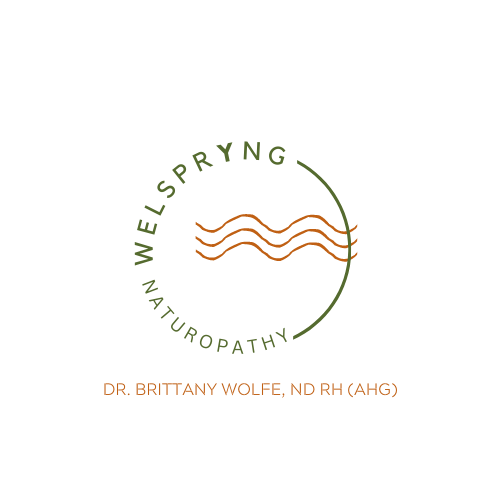movement simplified
When we first start thinking about incorporating a new exercise regimen or movement practice, there is often a lot of noise from the mind about what is “good enough.” We start to believe that – in order to be successful – we really ought to be at the gym 7 days per week doing a mixture of weights and cardio that will take up at least an hour of our day. Overwhelm follows quickly when it becomes apparent that we don’t actually know what to do with the equipment and we’re not even sure where we would carve an hour out of our day.
Why start in the face of so many unknowns? Why start if we have already let the mind convince us that we will fail? I hope that the following broadens our thoughts around movement and removes the intimidation factor. What if all you really needed was your body, some creativity and a little sliver of motivation?
How to Move
There are so many ways to move your body. As I always say in practice, I truly don’t care what you end up doing as long as you enjoy it. Movement should be rejuvenating, stress-reducing, pleasureful and it should also support the mind-body connection. Perhaps you already have your most loved ways to move your body but if you do not, here are some lesser-thought of options: Badminton, dancing (there are some great Youtube videos!), gardening, geocaching, hula hooping, jump rope, trampolining, playing with your pets or kids, Wii fit…and let us not forget my most favourite form of movement: Walking. When the weather is particularly problematic, you can always walk indoors on the treadmill or check out Walk at Home.
Release the Hope Molecules
When we contract and release our muscles in any way, we release myokines. These myokines are little messengers that influence our health, our hormones and our happiness. They allow our muscles to communicate with every other organ and cell in our bodies. Their impact is so widespread and so beneficial that they are often called “hope molecules.” In my opinion, one of the coolest impacts of myokines is their ability to cross the blood brain barrier and support our learning, memory and mood. There are many positive studies highlighting how myokines can ease depression symptoms and increase our resilience in times of stress. And, please note, you need not be at the gym for an hour every day to release myokines. A simple walk around the block or a few calf pumps will get them flowing.
Moving with Pain
The leading research on chronic pain conditions recommends novel movement practices. What does this really mean? When we move in new ways, we don’t give the brain a chance to siren the alarm; the new pattern is carving a new pathway in the brain in real time. This is unknown territory which means that the brain doesn’t know what to expect and therefore cannot predict if and when it will hurt. When the brain lets the body lead and the body leads into a safe and nourishing practice, the pain response lessens. Over time, this pathway becomes the dominant pathway. The standard recommendations for new movement practices in the Americas are usually yoga or qigong; however practices such as Feldenkrais or Mitzvah can be beautifully supportive as well.
Sedentary Life? Try NEAT.
If you are incorporating some joyful and fun movement into your day to day life but you do still work a desk job, take note that when the body sits for an hour or more, there is a physiological stasis effect in which your metabolic health comes to a standstill. In other words, you can still be classified as sedentary even if you exercise consistently. I know that seems cruel, however there is a very simple way to support your metabolic health at your desk job without breaking a sweat. These types of activities are classified as Non-Exercise Activity Thermogenesis (NEAT) and they include any of the following: Stretching, maintaining proper posture, standing up during a phone call, pumping your calves a few times on the floor, etc. I know that workdays can be hectic but consider setting an alarm on your computer or phone for every 20-30 minutes to remind you to take a quick NEAT break – stretch, shake out your wrists, wave to a coworker. Interestingly enough, these quick little breaks can decrease your risk of cardiovascular disease and type 2 diabetes.
Although the concept of exercise or movement can be intimidating, there are so many ways to move. Whether you are playing with the dog, stretching at your desk, cleaning the kitchen or walking with Youtube, you are still reaping the benefits of movement. Now that the weather has finally started to turn, I wish you a fun and nourishing spring movement regimen. Now go blast out some hope molecules!

